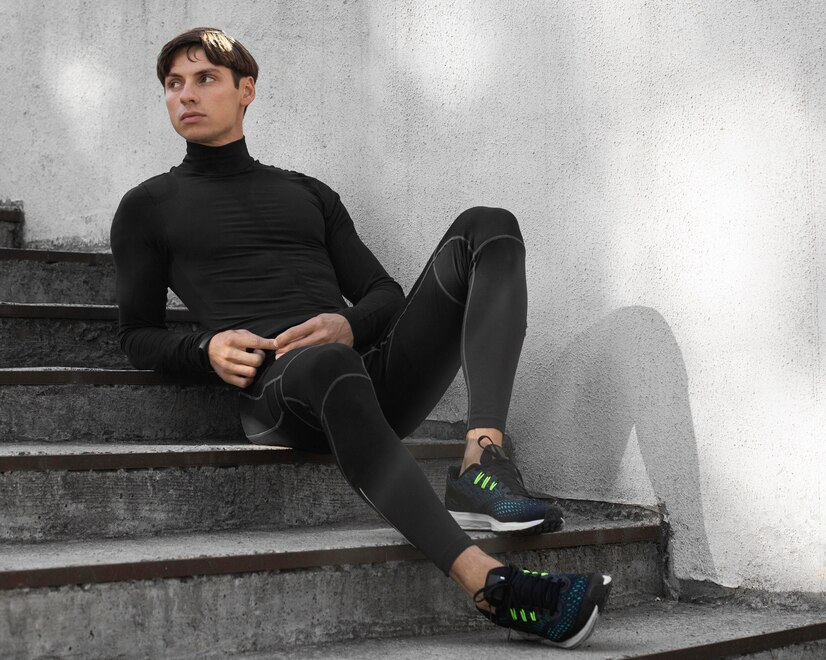The Evolution And Allure Of Athleisure Fashion: Where Fashion Meets Function
In the ever-changing world of fashion, one trend has proven to be both influential and enduring – athleisure. Combining elements of “athletic” and “leisure,” athleisure has revolutionized the way we approach clothing, seamlessly blending fitness and fashion.
Table of Contents
This article takes a closer look at the origins, evolution, and cultural significance of athleisure, shedding light on why it has become a staple in our everyday wardrobes.
The Birth of Athleisure:
The roots of athleisure can be traced back to the late 20th century when sportswear brands began infusing performance fabrics and designs into everyday clothing. As fitness culture gained momentum, the demand for comfortable yet functional attire extended beyond the gym.
Brands like Adidas and Nike paved the way by incorporating sporty elements into casual wear, blurring the lines between activewear and street fashion.
The Rise of Athleisure Icons:
The early 2000s saw the emergence of athleisure icons who effortlessly embraced and popularized the trend. Celebrities such as Beyoncé, Rihanna, and Kanye West played a pivotal role in making athleisure a mainstream phenomenon.
Their influence extended beyond red carpets, as candid shots captured them rocking leggings, sneakers, and hoodies in their daily lives, promoting the idea that comfort and style could coexist.
Functional Fashion:
At the core of the athleisure movement is the emphasis on functionality. Technical fabrics like moisture-wicking materials, compression textiles, and breathable mesh have become staples in athleisure collections.
This fusion of form and function has not only enhanced the visual appeal of activewear but has also improved the overall performance and comfort of the garments.
Fashionable Flexibility:
A defining characteristic of athleisure is its adaptability. The smooth transition from the gym to social settings has made athleisure a preferred choice for individuals with dynamic, fast-paced lifestyles.
Combining leggings with a stylish tunic or joggers with a sleek jacket effortlessly bridges the gap between casual and sporty, providing wearers with unmatched versatility.
Collaborations and Innovation:
The success of athleisure can be credited, in part, to strategic collaborations between sportswear giants and high-end fashion labels. Partnerships like Adidas and Yohji Yamamoto’s Y-3 or Nike’s collaborations with designers like Virgil Abloh have blurred the lines between sportswear and luxury fashion.
These collaborations not only bring innovation to athletic apparel but also contribute to the appeal of athleisure as a high-fashion statement.
Cultural Impact:
Beyond its influence on the runway, athleisure has made a lasting impression on cultural norms and values. The rise of athleisure aligns with a growing health-conscious society, where individuals prioritize wellness and active lifestyles.
Athleisure’s inclusivity, catering to diverse body types and sizes, contributes to a more accepting representation of beauty standards.
Sustainability in Athleisure:
As sustainability takes center stage in the fashion industry, athleisure brands have embraced eco-friendly practices. Embracing recycled materials and ethical production, athleisure evolves to meet the rising demand for sustainable fashion.
Conclusion:
Athleisure, once seen as a passing trend, has firmly established itself as a significant force in the fashion industry. By seamlessly blending style and functionality and aligning with a cultural shift towards health-conscious living, athleisure has firmly secured its place in our daily wardrobes. As fashion evolves, athleisure testifies to clothing’s enduring appeal by not only looking good but also enhancing our lifestyles.



